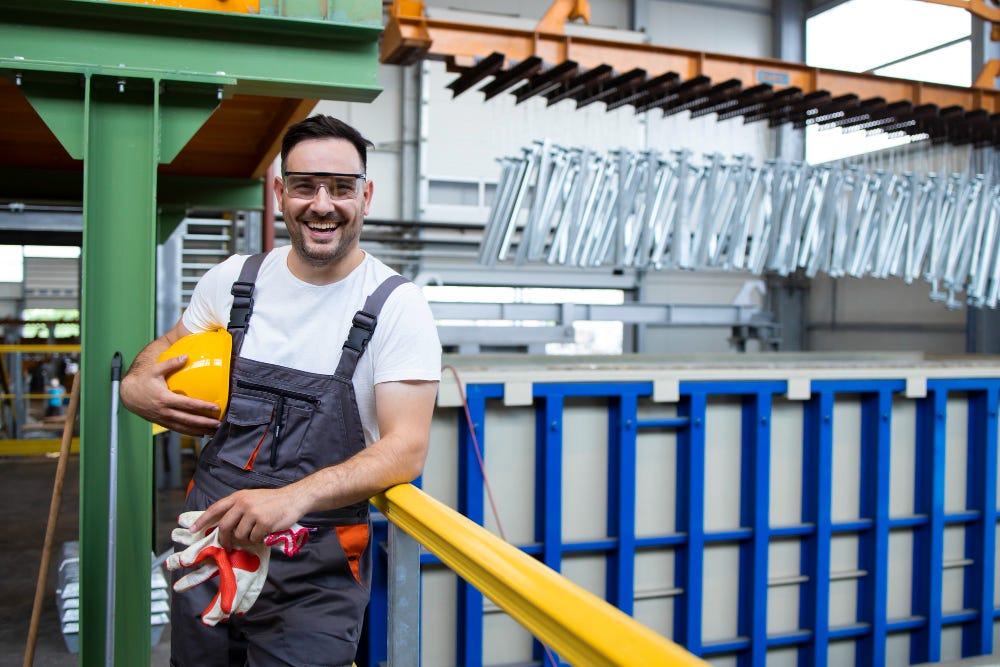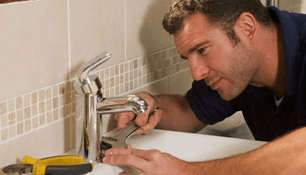Looking Ahead Plumbing: Patterns and Advancements
Looking Ahead Plumbing: Patterns and Advancements
Blog Article
Just how do you really feel in regards to The Future of Plumbing: Trends and Innovations to Watch?

Intro
The pipes industry is undergoing a transformative stage driven by technological developments and growing concerns for sustainability and performance. This post checks out arising trends and innovations shaping the future of pipes.
Governing Landscape
Regulatory structures play a critical role in shaping the fostering of pipes developments, with requirements and codes regulating every little thing from water efficiency to item safety. As innovations remain to advance, regulative bodies should adjust to guarantee consumer protection and environmental stewardship.
Future Outlook
The future of plumbing is identified by proceeded advancement and combination with other fields such as IoT, renewable energy, and structure automation. By accepting sustainable methods, leveraging emerging innovations, and prioritizing user-centric style, the plumbing industry is positioned to deal with the developing needs of society while lessening its ecological footprint.
Enhanced Fact in Plumbing
Increased Fact (AR) innovation is transforming plumbing by providing professionals with real-time aesthetic assistance for fixing and repair service jobs. AR-enabled wise glasses or mobile applications overlay digital info onto the physical environment, assisting plumbings visualize pipeline designs, identify covert leaks, and perform repairs with precision.
Influence of 3D Printing
The development of 3D printing has actually introduced new opportunities in producing plumbing elements. From custom-made fixtures to elaborate pipeline installations, 3D printing permits rapid prototyping and on-demand production, decreasing lead times and enabling higher personalization in plumbing layout.
Health And Wellness Features
In feedback to heightened worries for health and wellness, pipes fixtures are including features such as antimicrobial surface areas, touchless operation, and self-cleaning mechanisms. These developments not just improve health but also promote user comfort and benefit.
Hygiene-focused Components
Touchless faucets, self-sanitizing commodes, and antimicrobial surfaces are ending up being increasingly common in residential and industrial settings, lessening the risk of germ transmission and advertising a cleaner, much healthier atmosphere.
Water Quality Monitoring
Advancements in water high quality surveillance modern technologies enable homeowners to check the purity and safety and security of their supply of water in real-time. Smart water quality sensing units can spot impurities, pH levels, and temperature variations, encouraging individuals to take proactive procedures to guarantee water safety and security.
Remote Plumbing Solutions
Remote diagnostics and digital support are revolutionizing the method plumbing services are provided. Via video clip conferencing and remote access technologies, plumbers can troubleshoot issues, give guidance for DIY repairs, and also carry out remote assessments, using greater ease of access and comfort to homeowners.
Difficulties and Opportunities
While plumbing developments hold tremendous promise, they additionally existing challenges such as information personal privacy problems, regulatory compliance, and the demand for labor force training. Attending to these obstacles needs cooperation in between sector stakeholders and regulative bodies to guarantee risk-free and accountable execution of brand-new technologies.
Smart Plumbing Solutions
Integrating clever modern technology right into plumbing systems allows remote monitoring, leakage discovery, and automated maintenance. Smart sensing units and IoT (Internet of Things) devices permit homeowners and plumbings to keep track of water use and identify problems in real-time, resulting in more reliable resource administration and aggressive maintenance.
Water Effectiveness Solutions
With raising emphasis on water conservation, ingenious options are being created to minimize water wastefulness in plumbing systems. High-efficiency components, greywater recycling systems, and clever irrigation controllers are amongst the technologies aiding consumers reduce their water impact while maintaining convenience and convenience.
Sustainable Materials
The change towards sustainability includes plumbing materials, with an expanding preference for eco-friendly choices. Biodegradable piping products, such as PEX (cross-linked polyethylene) and HDPE (high-density polyethylene), deal sturdiness and resistance to corrosion without jeopardizing ecological honesty.
Predictive Maintenance
Predictive upkeep strategies leverage information analytics and artificial intelligence algorithms to expect and protect against plumbing concerns prior to they occur. By assessing historical data and performance metrics, predictive upkeep algorithms can recognize patterns and anomalies, making it possible for proactive treatments to stay clear of pricey repairs and disruptions.
Conclusion
Finally, the future of plumbing is defined by a merging of innovation, sustainability, and user-centric design. By welcoming wise options, lasting materials, and aggressive maintenance methods, the pipes industry can improve efficiency, advertise safety and security, and contribute to an extra lasting future.
Plumbing Industry Trends You Need To Know
Smart technology in plumbing
Homeowners want to be able to manage their homes from their phones. The technology exists to make that happen. From smart toilets to leak detector devices, the whole plumbing system can be managed on an interconnected network made up of sensors, IoT devices, and machine learning algorithms.
This allows for wireless control to turn appliances on and off, automate routines, and access advanced monitoring to track water usage and flag potential issues. Smart technology streamlines water consumption, maintenance and energy usage, creating a more efficient system.
Green plumbing
The data analysis possible with smart technology not only improves convenience and cost-effectiveness but also fulfills a high-priority customer desire – sustainability. Consumers are very aware of their impact on the planet and want plumbing solutions to reduce damage and support sustainability. Eco-friendly plumbing solutions are already starting to emerge.
Customers can opt for low-flow toilets, water-saving faucets, and connections to sustainable energy sources. Beyond monitoring water consumption, customers can conserve water through the installation of greywater systems. This is a system that collects water that has been used but is still clean enough for some household uses such as toilet flushing.
Shorter product pipeline
To keep up with modern plumbing, plumbers need modern tools that enable them to complete jobs more efficiently. One technology making strides in this area is 3D printing. By 3D printing key plumbing fixtures, plumbers can reduce wait times even for specialized fixtures. It minimizes delays often seen in traditional manufacturing that frustrate customers and prevent plumbers from taking on more work.
Off-site repairs
Augmented reality is making a splash in many industries including plumbing. Plumbers can map a building online so they can explore the plumbing system through augmented reality, identifying areas of maintenance and repair completely digitally. This technology can be applied quite widely in plumbers’ work including planning installations and training new recruits. It’s safer, smarter and more efficient.
Low-footprint materials
Another way for plumbing companies to reduce their environmental footprint and meet the customer demand for sustainability is by using recycled materials in their work. The products they source and manufacture such as pipes, fixtures and faucets can be made from recycled materials. This saves the planet while being just as effective.
Onsite water purification
Additionally, plumbing companies can be advocates of water conservation and ease the financial and environmental concerns of customers by offering water purification systems. New water purification technology such as reverse osmosis systems and UV systems make it possible for homeowners and business owners to thoroughly cleanse water, removing contaminants onsite. This means the water can be safely reused in more ways than greywater can be, establishing a water recycling loop.
Tankless water heaters
Another innovation of modern plumbing is tankless water heaters. The idea is that the water is heated on demand as it runs through the system instead of being heated in a water tank. This is more energy efficient and therefore cost-effective and eco-friendly because water isn’t heated needlessly.

We hope you liked our section on . Thanks so much for spending some time to read through our article post. Do you know another individual who is interested by The Future of Plumbing: Trends and Innovations to Watch? Take a moment to share it. I take joy in your readership.
Schedule Your Job Now Report this page